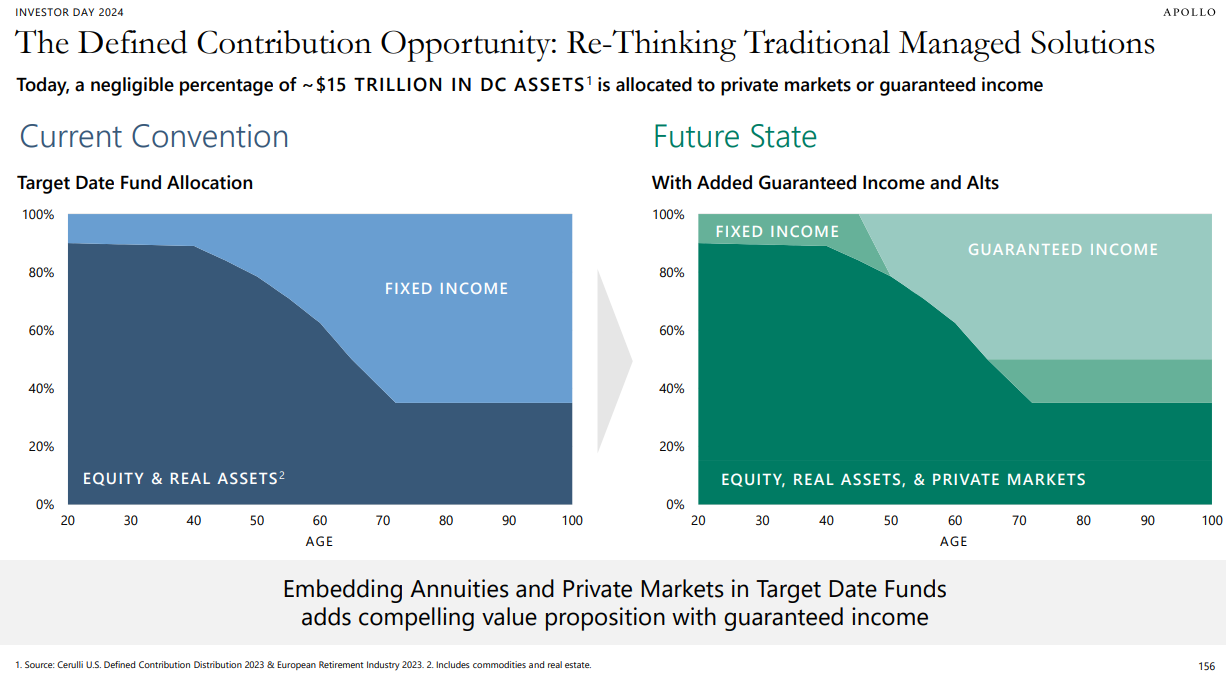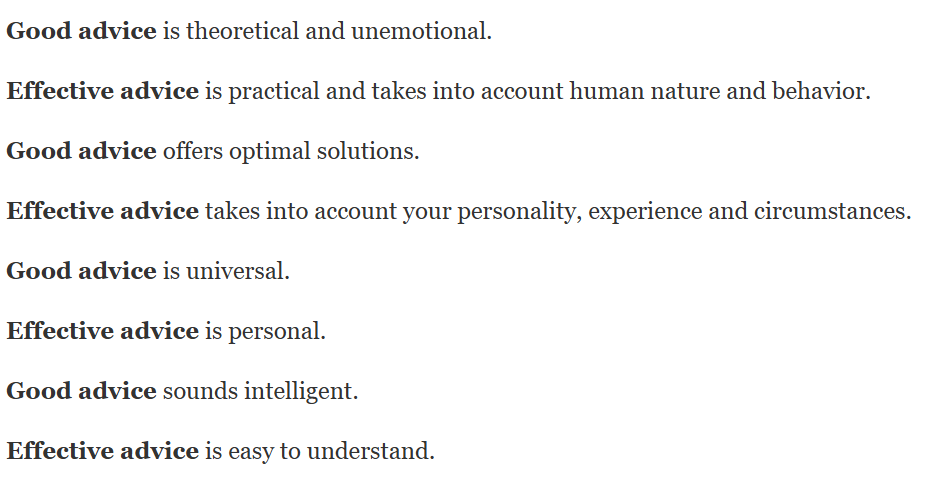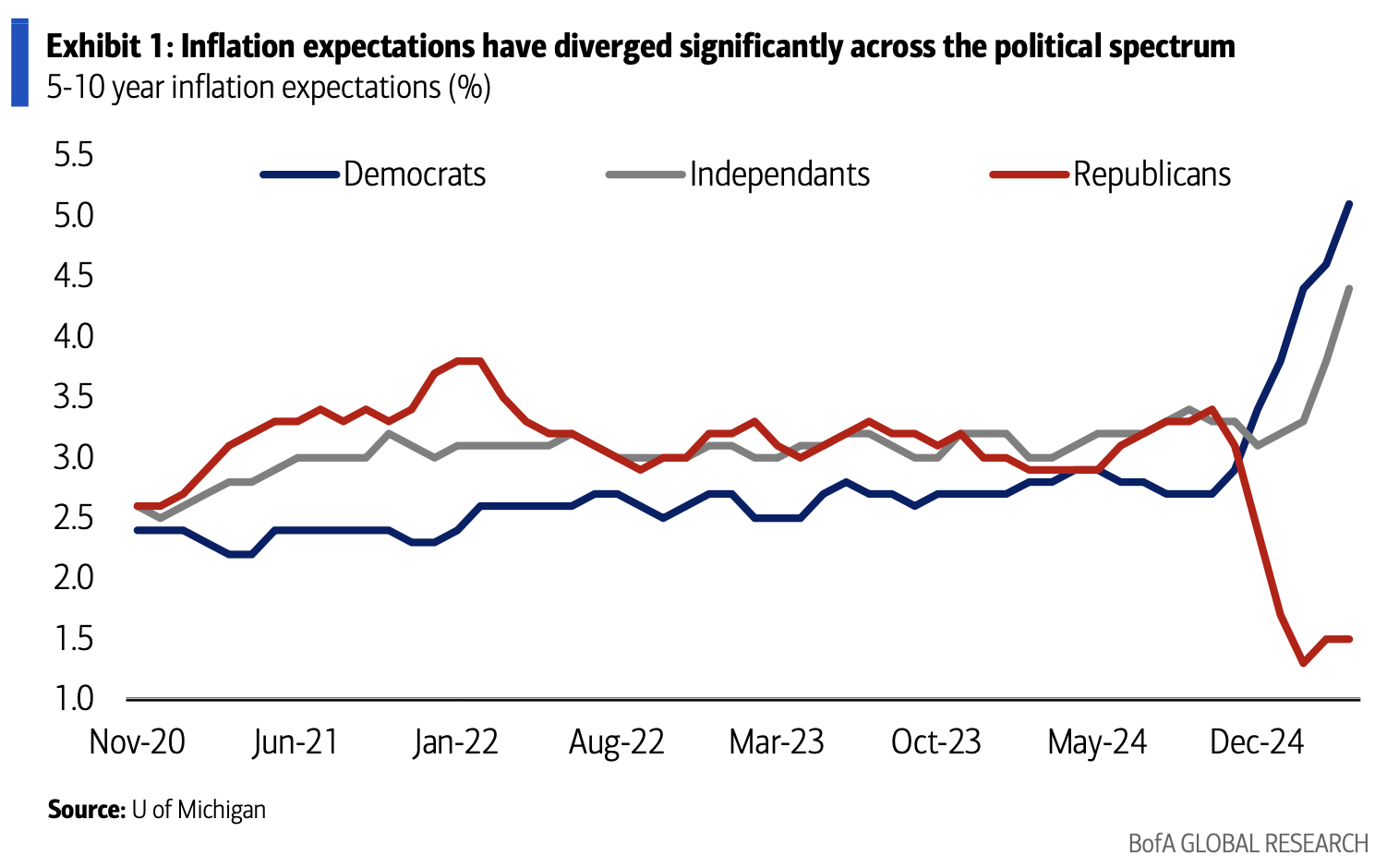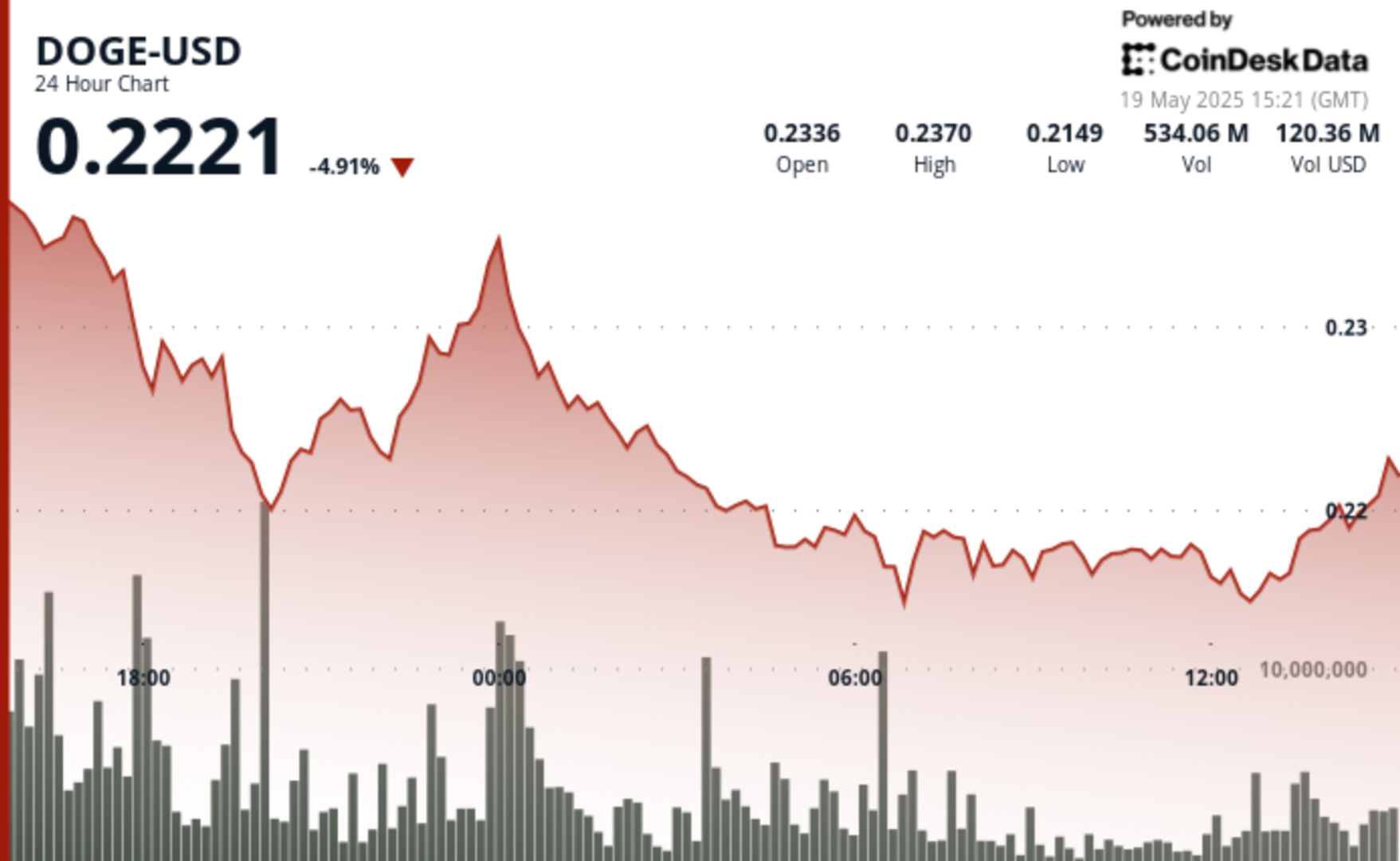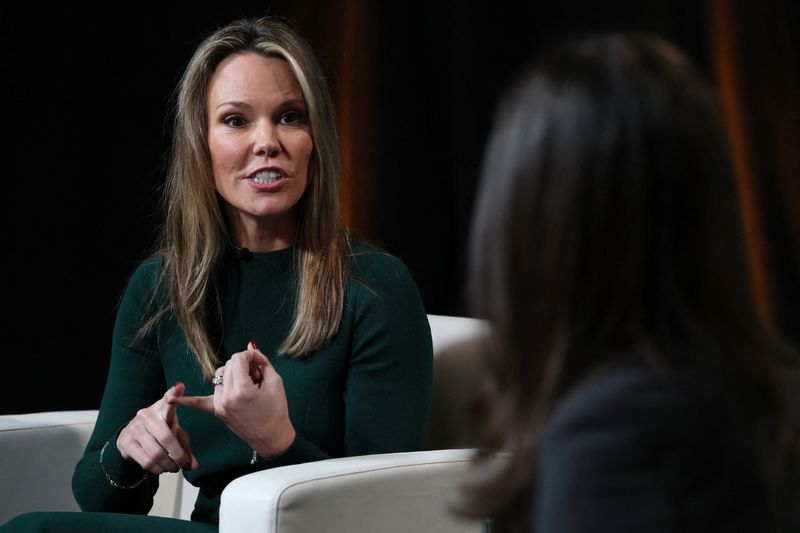Is It Possible to Retire By 35 If You’ve Banked $1 Million?
While not universally true, there is some truth to the idea that many people would love to retire as early as possible. If you can do so, it would be great to get away from a corporate life full of meetings and an overflowing inbox as soon as possible. Of course, to achieve this dream […] The post Is It Possible to Retire By 35 If You’ve Banked $1 Million? appeared first on 24/7 Wall St..

While not universally true, there is some truth to the idea that many people would love to retire as early as possible. If you can do so, it would be great to get away from a corporate life full of meetings and an overflowing inbox as soon as possible.
If you are hoping to retire early, it’s a good idea to ask if you can do so with $1 million in the bank.
The hope is that this dollar amount is a good savings benchmark before potentially saying goodbye to the workforce.
There are plenty of scenarios where $1 million can work, but an equal number where it’s a risky move.
Are you ahead, or behind on retirement? SmartAsset’s free tool can match you with a financial advisor in minutes to help you answer that today. Each advisor has been carefully vetted, and must act in your best interests. Don’t waste another minute; get started by clicking here.(Sponsor)
Key Points
Of course, to achieve this dream of walking away from work early, you have to have the means, and in this case, we’re looking at whether you can retire at 35 if you set aside $1 million. There is real hope that this is possible, but it’s not an easy decision, so you have to look at a number of factors to see what is realistic.
When $1 Million Is Enough
While $1 million might not be as much money as it was a few decades ago, this isn’t to say that you can’t do well retiring on it.
Low Cost of Living
One of the best scenarios for living off $1 million at 35 is relocating or staying in a low-cost area. This might be somewhere in the Midwest or Southeast, where $1 million can stretch far more with lower living and housing expenses and smaller bills for utilities and groceries.
It’s uncommon for living expenses in the Midwest outside of the big city and suburban areas to be under $50,000 a year, while houses themselves hover between $200,000 and $300,000. If you can find yourself in a scenario like this one, your 4% safe withdrawal rate of $40,000 annually might be enough to live on.
Minimal Debt
Arguably, the best scenario for living off $1 million at 35 is to retire without significant debts. This typically manifests itself as student loans or credit card balances, but even a high mortgage payment could be a concern.
If you have the ability to erase most of your debts before you retire, it’s not at all impossible to think you can keep your annual expenses below the $40,000 SWR number that should be your focus.
Living a Modest Lifestyle
Alongside living in an area with a low cost of living, you also want to maintain modest lifestyle expectations. Focusing on hobbies like hiking, walking, reading, gardening, or anything that doesn’t require a significant upfront investment (like a boat) will help you maintain your $1 million balance for a long time.
If any of these three criteria sound like you, you are likely in a good position to retire at 35.
When $1 Million Won’t Be Enough
High-Cost Urban Areas
If you’re looking at where you may not be able to get by as a 35-year-old with a $1 million nest egg, looking at high-cost urban areas is a great example. Whether it’s New York, Chicago, or Miami, you’d be hard pressed to make the money last for any reasonable amount of time.
Take Miami, where the median home price for a starter home was $645,000 in April 2025, according to Realtor.com. At 20% down on a 30-year loan, you’re looking at $3,500 a month just in principal and interest, which puts you over the $40,000 4% safe withdrawal rate for the year before you spend on anything other than a home.
Big Healthcare Expenses
The good news is that at 35, you aren’t likely to need significant healthcare expenses outside of a yearly physical and the occasional illness. However, you still want medical insurance, and even if you go through the ACA marketplace, you still have to account for around $10,000 per year just for your premium.
It’s worth noting that the biggest medical concerns are not right now, either, but it’s down the road with medical expenses when unexpected emergencies can (and will) arise as you get older. In any of these medical emergency scenarios, the $1 million nest egg cannot cover all your living expenses and medical costs.
Plans to Grow Family
The other big factor that could have you recognizing that $1 million isn’t enough to call it quits is expanding a family. It’s not uncommon for the average cost to raise a child from birth to 18 to be around $300,000, or $16,500 annually for housing, food, childcare, school expenses, and more.
Of course, after they are 18, you must consider future education expenses, like a 529 account you would add to annually. The bottom line is that growing a family is likely to immediately show that $1 million, with a 4% SWR, isn’t enough to cover your family-related expenses and living expenses.
The post Is It Possible to Retire By 35 If You’ve Banked $1 Million? appeared first on 24/7 Wall St..




































































